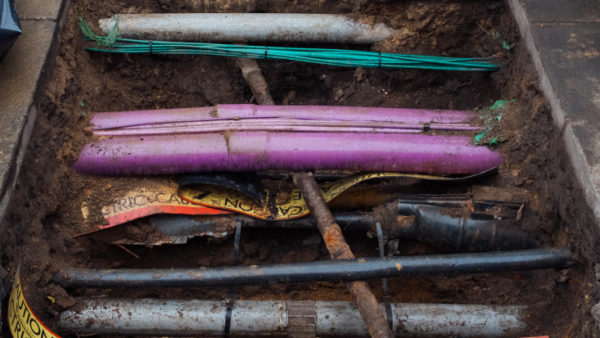L&Q has become one of the first housing providers to adopt BIM in the design and construction of residential schemes.
In its consultation on improving building safety, the government wants to make BIM mandatory for all higher-risk residential buildings in multiple occupancy.
London and South East-based L&Q is one of the government’s so-called “early adopters” – a group established last summer following Dame Judith Hackitt’s Independent Review of Building Regulations and Fire Safety, which highlights the use of BIM in its consultation document.
Early adopters also include Peabody, Willmott Dixon and Kier, which signed the Charter during its unveiling in London last week, where it was backed by the housing minister, Kit Malthouse.
The Charter has been developed by industry leaders and came as the government launched its consultation with the sector and residents into proposals for a new building safety regime – Building a Safer Future – following Dame Judith’s review.
It is intended to spearhead a culture change in the industry by encouraging the sector to prioritise residents’ safety at every stage of a building’s lifespan.
In its consultation the government says: “L&Q is adopting BIM so that everyone within L&Q is able to access information about their schemes quickly and easily and know that the information is accurate. Some call this having access to a ‘single source of truth’.”
The types of information include drawings, 3D models, reports, health & safety files, cost and environmental data. As a result of adopting this approach L&Q believes that there will be benefits across their business.
The consultation adds that L&Q, which is delivering 100,000 new homes, found that its current ways of working were no-longer sustainable or scalable to meet future needs and more efficient ways of working needed to be found.
“L&Q considers that implementing BIM best practice will help to address this need and will reduce project risk, reduce design and delivery timeframes, and reduce project cost. Better asset information will also help reduce cost of asset management, and the greater availability of information will support improvements in service delivery leading to improvements in customer satisfaction.”
At BIM+’s recent digital construction summit, Peabody set out how it was implementing new digital technology to provide a golden threat of information and tighter accountability.
Image: An apartment in L&Q’s Elephant Park scheme in south London (L&Q.com)













